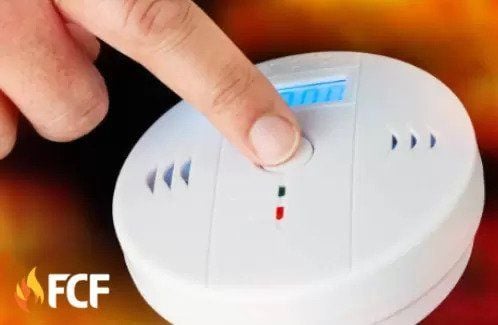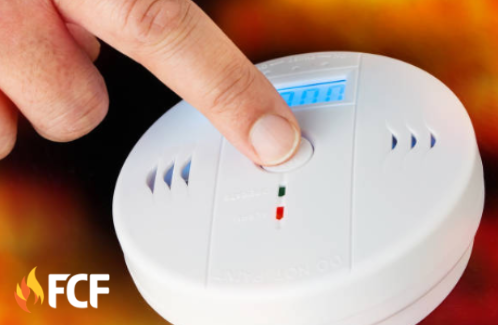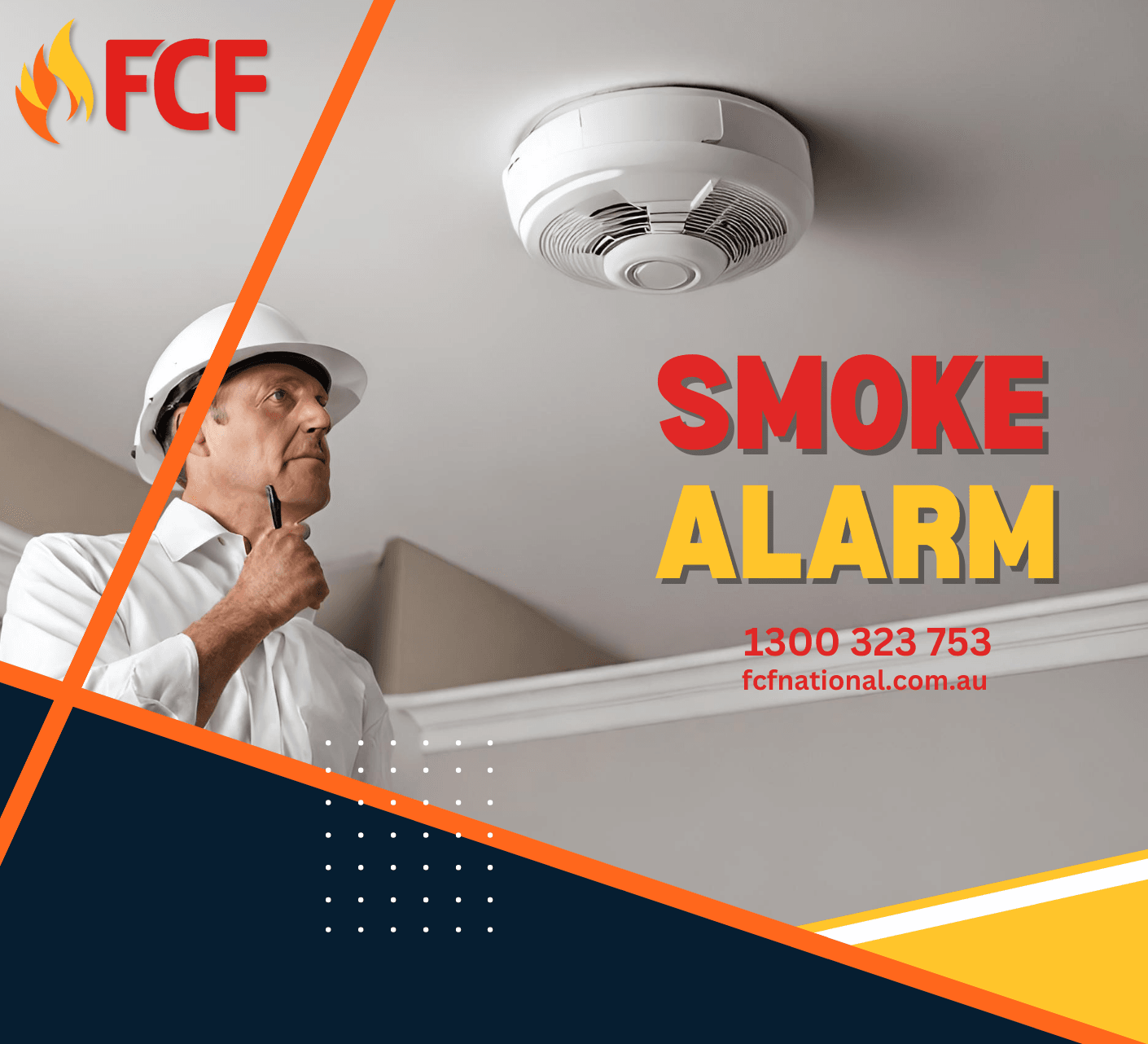Fire Detection and Alarm System Guide for Sydney Homes and Businesses
)

Fire detection systems are designed to identify fires immediately in their early stages. This is to allow occupants to have ample time to safely evacuate the premises. Early fire detection and prevention is vital in protecting the safety of the occupants as well as the emergency response team. Moreover, property loss is significantly reduced and downtime for the operation is minimized because control efforts are started early on while the fire is still small. Most fire alarm systems provide needed information to the emergency responders to immediately locate the fire incident, ergo, speeding the process of fire control.
Fire detectors and alarms are usually interlinked to be effective. However, they do nothing to contain and control the fire; suppression systems such as automatic sprinklers are responsible for these.
The most basic alarm system has manual pull stations and sounds only a local alarm; it doesn't include detection. To activate this type of alarm, it relies on an occupant to notice the fire. Time is relevant in an emergency; a delay could be costly and fatal.

When choosing the type of fire detection and alarm system like other commercial fire safety equipment, the system should be based on the facility's fire safety objectives. These objectives are from the results of a fire risk assessment of the building and operation. An important factor of this process also includes your tolerance for risk and how much you are willing to lose.
Concerns and risks for hospitals are different from a factory or a warehouse. Commercial and residential fire system differ because of their individual fire risks and hazards. In facilities like hospitals where most of the population may not be able to evacuate without assistance, an early warning is vital. Facilities where occupants may be asleep during a fire incident such as hotels and dormitories, a system that sends out more rapid notification is also required.

On the other hand, in facilities where occupants are awake and aware of situations, less is needed; the alarm system often does not need to provide notice as early. In buildings that are unoccupied or life safety is not a major concern, fire detection can be slower without increasing the risk.
Alarms are connected to a variety of initiating devices. These initiating devices are components of the system where the signal originally comes from. These include manual pull stations, detectors, and supervisory devices.
Manual Pull Station
A manual pull station is a switch that activates the alarm system when pulled by an occupant. They should be strategically positioned where they are easy for occupants to notice. They are often installed along egress routes.
Detectors

There are various types of detectors; major categories include heat, smoke, and flame detectors. Furthermore, each category has additional specific types.
Flame detectors, like other several varieties, are primarily used to trigger suppression systems.
Meanwhile, heat detectors are the most basic detection equipment. This type of detector can be subcategorized into two major kinds: spot and line. Spot detectors are single units installed in single locations throughout the protected area. Line detectors provide a continuous detector throughout the area of coverage. Spot detectors are more commonly used, while line detectors are reserved for special situations.
Smoke detectors are also available in various categories: photoelectric, ionization or combined. Photoelectric smoke detectors function depending on the light scattering within the detection chamber of the device. Light is projected throughout the chamber; it will scatter if it catches smoke. The photocell detects the light that is reflected by the smoke in the chamber.
Ionization smoke detectors detect the particles in the smoke. The particles are ionized as the smoke passes through the chamber.
It is best to supplement alarms and detection systems with communication devices that could provide specific information and instructions to building occupants and emergency responders. An emergency voice communications system can greatly improve the response of the residents.
For more information, visit FCF today. We provide a long list of fire protection services including supply, installation and maintenance of fire alarms, detectors and other fire safety equipment.

)
)
)
)
)
)
)
)
)
)
)
)
)
)
)
)
)
)
)
)
)
)
)
)
)
)
)
)
)
)



